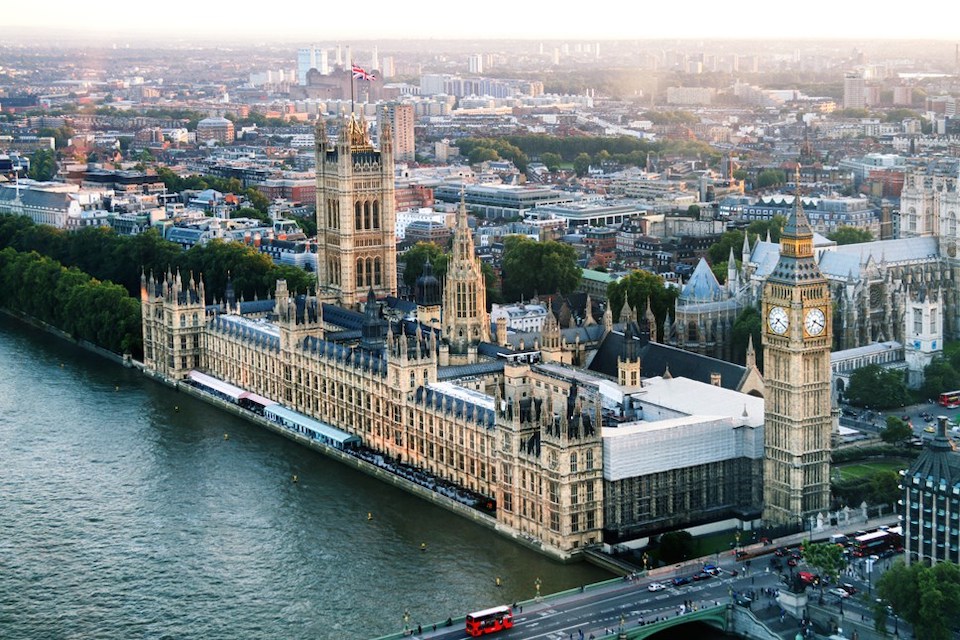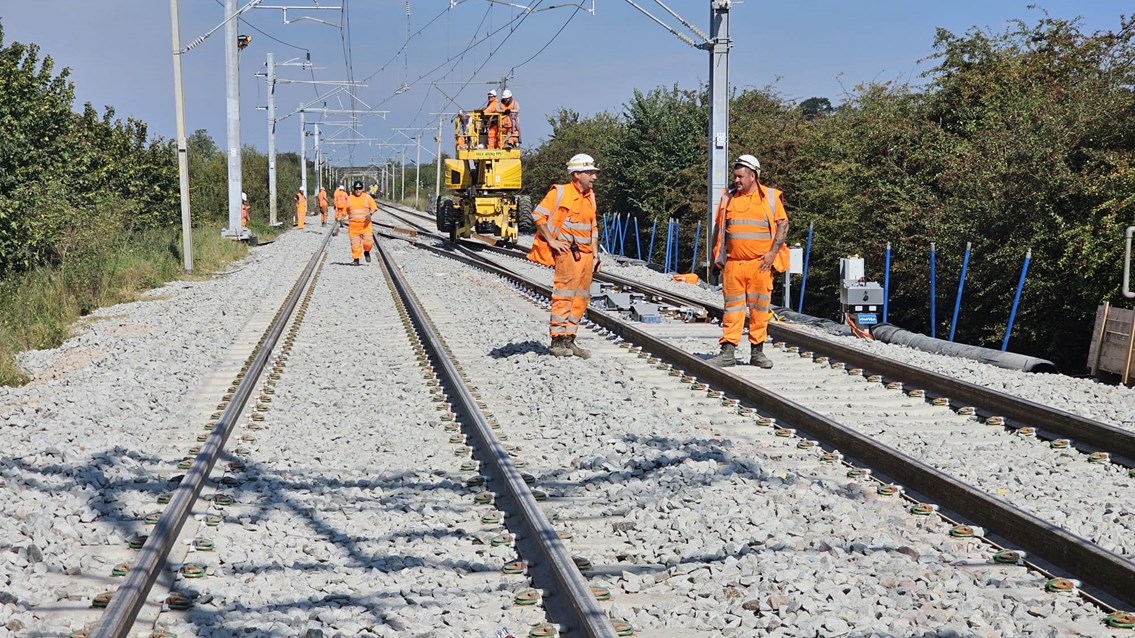The 32-page draft Rail Reform Bill very much escaped, rather than launched, on Tuesday, 20 February. On what editors would call “a busy news day”, the procedural legislative launch of a pre-legislative document was somewhat shunted off the front pages. However, the placing before Parliament of a singularly significant set of proposals was eagerly scrutinised by the rail industry at large.
The draft Rail Reform Bill represents the culmination of a number of stages of consultation and proposed changes to the structure of the industry in the UK. Given the scale and complexity of the changes proposed for the sector, the draft bill will undergo pre-legislative scrutiny to provide parliamentarians and experts across the industry the opportunity to review and test the legislation in draft. In other words, there are still a few stops on the line before this Bill reaches its final destination.
A key part of delivering rail reform
There is a feeling that rail legislation has been reluctantly brought to the draft bill stage. Rail reform has a recent history of falling down the legislative agenda, in much the same way as the story fell down the news agenda yesterday. It could be argued that the Draft Rail Reform Bill may not make its way through the parliamentary process before the next general election. Britain could be preoccupied with choosing a new government as early as May – although most commentators are predicting an autumn election.

The Draft Rail Reform Bill contains the primary legislative measures which form a key part of delivering rail reform in Great Britain. Most prominently, these measures include the unifying of infrastructure and operational management under a new body. That body, “Great British Railways”, which is slated to be headquartered in Derby, remains the big idea envisaged by the “Williams-Shapps Plan for Rail” – a government study first published in 2021.
Encourage private sector rail freight growth
The political hot potato of rail reform may not have been in the very biggest headlines yesterday. However, it has captured the attention of the industry. It was often raised at the George Bradshaw Address – an annual industry showpiece held in London on Tuesday evening (20 February). Although, surprisingly, rail minister Huw Merriman did not make it the centrepiece of his keynote speech. Nor did his counterpart Stephen Morgan, take the opportunity to challenge the draft bill. The shadow minister may reasonably expect to inherit the bill – and the chalice of rail reform – at the forthcoming election.

“We are pleased that the Government has listened to the concerns of the rail freight sector”, said Maggie Simpson OBE, the Director General of the operators’ membership body, the Rail Freight Group. “[The Government] has set out how the new body will be required to ‘make provisions for the carriage of goods by rail’. This will help create confidence in the new rail structure and encourage private sector investment in rail freight growth.”
A much bigger railway in future
From the supply chain to the sector, the Railway Industry Association expressed a reserved welcome to the news that pre-legislative scrutiny of the Draft Rail Reform Bill is now being taken forward. “Last May, the Railway Industry Association and seventy of our members wrote to Prime Minister Rishi Sunak about the need to take the establishment of Great British Railways forward”, said Darren Caplan, the Association’s Chief Executive. “Whilst we would have wanted a full Transport Bill providing for Great British Railways, it is good that the Government is at least taking this preliminary step towards unifying track and train and developing a “guiding mind” and a long-term plan for the railway.”
According to the RIA, rail demand in the UK is showing a “steady and continuing upturn”. The Association had commissioned its own research, completed by consultancy Steer and published concurrently with the draft bill launch. Its predictions, based on levels of Government action, predict an almost doubling of passenger numbers by 2050. The UK Government has also challenged the freight sector to grow by 75 per cent by that date over today’s levels of activity. It seems that whatever fate lies ahead for the draft Rail Reform Bill, there will be more railways to reform in the decades to come.